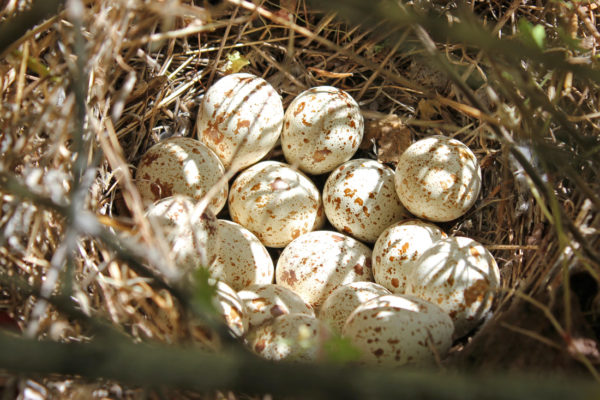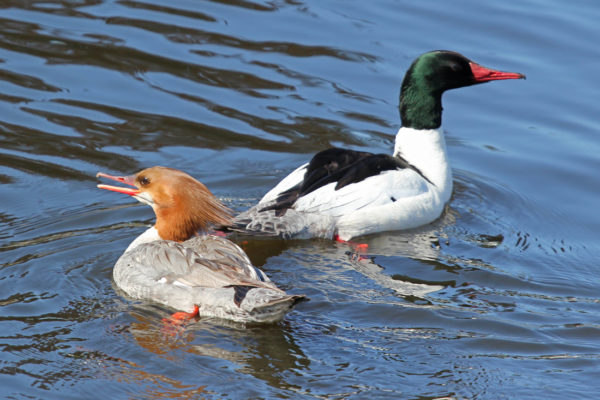
The Breeding Bird Atlas
A breeding bird atlas is a comprehensive resource describing what is known about the breeding birds in a region. Atlases describe the distribution and abundance of breeding birds, when they are nesting, and their local life history. Field work for a breeding bird atlas was conducted in Santa Cruz County from 1987-1993, although the results have not been published. Thirty years later, the Santa Cruz Bird Club has sponsored the field work and publication of an updated breeding bird atlas for the county. The updated atlas will compare present bird populations to those documented 30 years ago and will venture predictions on what changes lay ahead.
Field Work – this stage is complete
Field work for the updated atlas was conducted by over 100 atlasers trained to interpret breeding behavior they observe in their backyard to the furthest reaches of Santa Cruz County. Their observations will be synthesized into detailed maps and species accounts that discuss the local breeding population of each species. The atlas publication is planned to become available within two to three years after field work concludes. The Santa Cruz Bird Club is aspiring to make the atlas publication as accessible as possible in terms of its format and content. The maps and species accounts in the atlas publication will be geared toward a variety of users that include birders, land managers, planners, and students—all of which rely on sound information for conservation and management of local birds.

